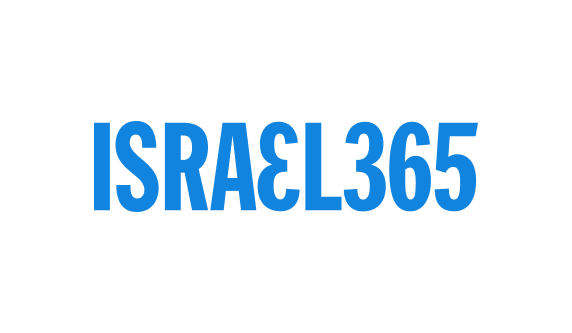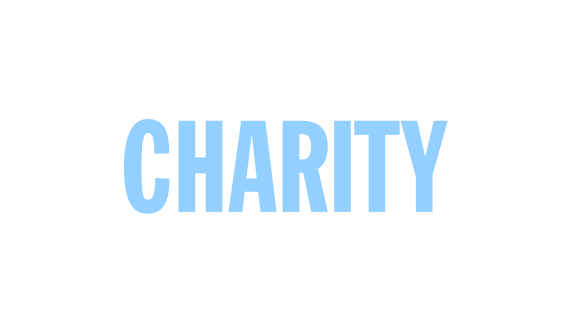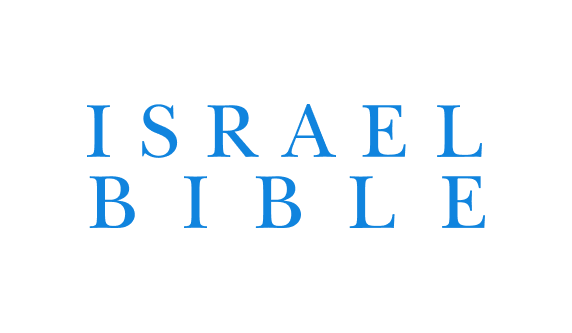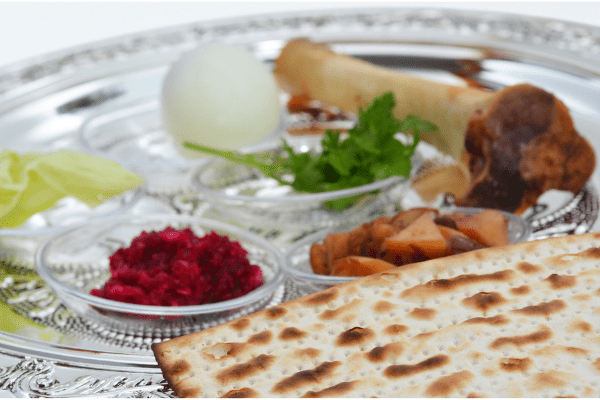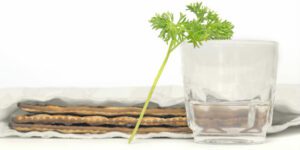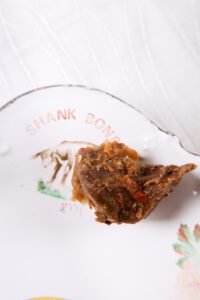The Passover Seder is a generational affirmation, a transmission of the story of God’s miraculous redemption of the Jewish people from Egypt. In this context, the Seder plate, as the centerpiece of the Seder table, is a visual aid, containing symbolic foods that are eaten or displayed at the Passover Seder.
There are six items arranged on the plate with special significance to the retelling of the story of the Exodus. A seventh symbolic item used during the meal — the three matzot — is not considered part of the Seder plate.
Maror and Chazeret – Maror (bitter herbs) and chazeret (horseradish) symbolizing the bitterness and harshness of the slavery that the Jews endured in Egypt. In Ashkenazi tradition, this would be fresh romaine lettuce or endives and/or horseradish. Romaine is preferred over horseradish, and many have the custom to use both kinds together.
Charoset – A sweet, brown mixture representing the mortar and brick used by the Hebrew slaves to build the storehouses of Egypt. In Ashkenazi tradition, charoset is made from chopped nuts, grated apples, cinnamon, and sweet red wine.
Karpas – A vegetable other than bitter herbs representing hope and renewal, which is dipped into salt water at the beginning of the Seder. This is usually parsley or another green vegetable.
Zeroah – Also transliterated Z’roa, this is typically a roasted lamb shank bone. Many communities have the custom to use a roasted chicken neck. It is special, as it is the only element of meat on the Seder Plate, symbolizing the Korban Pesach (Passover sacrifice). It symbolizes the sacrifice of the lamb whose blood was painted on the doorways of the enslaved Israelites houses so that God would pass over their houses during the tenth plague. The zeroah is not eaten at the Seder.
Beitzah – A roasted egg, symbolizing the Korban Chagigah (festival sacrifice) that was offered at the Temple, is also included on the Seder plate. Although both the Passover sacrifice and the chagigah were meat offerings, the chagigah is commemorated by an egg, a symbol of mourning as eggs are the first thing served to mourners after a funeral. This evokes the idea of mourning over the destruction of the Temple and the inability to offer the biblically mandated sacrifices for the Passover holiday. The round egg also represents the circle of life: birth, reproduction, and death.
Salt water– A bowl of salt water, which is used for the first “dipping” of the Seder, is not traditionally part of the Seder plate but is placed on the table beside it. However, it sometimes is used as one of the six items, in which case the chazeret is omitted. The salt water represents tears and sweat, and is a symbolic reminder of the pain felt by the Hebrew slaves in Egypt.
Three Matzot –Three whole matzot are stacked and separated from each other by cloth or napkins. The middle matzah will be broken and half of it put aside for the afikoman. The top and another half of the middle matzot will be used for the blessing over bread, and the bottom matzah will be used for the korech (Hillel sandwich). The three matzot are symbolic of the three groups of Jews: Priests, Levites and Israelites. They also commemorate the three measures of fine flour that Abraham told Sarah to bake into matzah when they were visited by the three angels (Genesis 18:6).
German and Persian Jews traditionally include vinegar on the Seder plate. For those who have that tradition, the karpas is dipped in vinegar rather than in salt water during the Seder.
